Breakout board for the new AVR DA-series, 32, 48 or 64 pins, AVR at a whole new level! Program w/Arduino IDE and actively developed DxCore!
Designed by Azduino by Spence Konde in United States of America
Buy with confidence.
Our Tindie Guarantee protects your purchase from fraud. Learn More
Introducing the first AVR DA-series Arduino-compatible development board This here is a fully assembled breakout board for the AVR DA-series! Since it launched in 2020, the AVR-Dx product line has re…
Read More…This here is a fully assembled breakout board for the AVR DA-series! Since it launched in 2020, the AVR-Dx product line has redefined what an AVR microcontroller is capable of:
Yes, if you like working with AVR microcontrollers (and who doesn't?), these (or the DB-series - development boards coming soon) are probably about what your ideal large MCU would look like! And with DxCore, they can be easily programmed with the Arduino IDE, using either a serial adapter or a 328p-based Arduino like the Nano). Unlike many "new" cores, DxCore was released in an essentially complete state, and has been keeping pace with new microcontroller releases (we appreciate the delays that have been seen this year in the highly anticipated DD-series, and hope that this reflects a patient and methodical approach to quality assurance that will prevent silicon bugs from reaching production). The ADC works, with a simple call to enable 12-bit mode, and can be used on 12, 18, or 22 pins. Library compatibility should be essentially the same as an Arduino Nano Every / Uno WiFi Rev. 2, or ATtiny 0/1-series (ie, not perfect, but pretty good - a lot better than we had anticipated). If you have questions about a specific library, feel free to message me about it).
Like in megaTinyCore, in DxCore I strive to provide a suitable core library for users of all levels of expertise, with a rigorous, tested, and functional suite of Arduino API functions, while recognizing that many people using these new parts are experts on AVRs, who may be using Arduino as little more that a compiler (if they are using Arduino itself at all, as opposed to VSCode or other development tools which can use Arduino cores), and expect to be able to use all the features of the parts without interference. Accordingly, DxCore starts with reasonable default settings - maximum number of pins configured for PWM, working Tone(), intelligent defaults for fuse settings, a builtin DxCore.h library to enable exciting features like AutoTune, and includes a selection of the usual libraries like Wire, SPI, and EEPROM, plus additional helpful libraries like a compatible neopixel library - tinyNeoPixel - which works like the Adafruit_NeoPixel one. We provide a wrapper in the form of Logic.h (the same library used in megaTinyCore and MegaCoreX) for the exciting and powerful Configurable Custom Logic functionality, and Event.h for the event system, as well as more prosaic peripherals like the analog comparator and zero-crossing detector. Next to these highly accessible tools, we also permit experts the freedom to configure almost all fuses, disable the millis timekeeping and more.
We have recently made the PWM support even more flexible! The AVR Dx-series parts allow the TCA0 (which can do 6 8-bit PWM channels) to be pointed at the first 6 pins within any port, configured using the PORTMUX.TCAROUTEA register In the latest 1.3.x versions of DxCore, analogWrite() checks that register to determine if a pin has PWM currently, so if you change that register to point TCA0 at a different port, analogWrite() will understand that (this sounds far less efficient than it is - the way that PWM pins are organized is maximally convenient, and it imposes very little overhead compared to the rest of the Arduino API). There are some helper functions to gracefully handle changing which port the timer is pointed at in the DxCore.h. Also, TCD0 can output PWM on PA4, PA5, PA6 or PA7 - though you only get two PWM waveforms at a time - previously we picked the two of those that we thought were less useful for other purposes. Now, you can use any of them. The catch is that there are only two channels. PA4 and PA6 share one channel, and PA5 and PA7 share the other - if you try to get PWM out of both members of one of those pairs, you'll end up with the same signal coming out of both. But at least now you can pick which pins to use, since all of those pins have many other special functions.
The ADC has support for automatic accumulation of up to 64 samples - typically for oversampling/decimation schemes to improve precision - as well as limited differential ADC capabilities (you can do differential ADC measurements, but the voltages are still limited to Ground ~ VREF, which rules out or sharply limits certain common use cases. While you are free to reconfigure the ADC to suit your needs, we also now provide wrappers around this functionality in the form of analogReadEnh() and analogReadDiff() - see the documentation for more information - as well as providing convenient calls to adjust the sampling time (to permit reading of higher impedance sources).
This hardware embraces the same principle - while it can be used out of the box as a basic Arduino-compatible board - with Optiboot for serial uploads on the same port as the serial monitor and the like, these boards are also equipped with a series of solder-bridge jumpers to disable reset, connect the DTR and CTS pins of the serial header to the I/O pins (including a configuration designed specifically to cater to RS485 users), disconnect various power supplies from the power to the chip - and reverse any of these with a dab of solder across a jumper.
If 24 MHz still isn't fast enough for you - in my testing, I wasn't able to find any parts that didn't appear to run at 32 MHz (just choose 28 MHz or 32 MHz from the tools -> clock speed menu; if not using Arduino, set the FRQSEL bits in CLKCTRL.OSCHFCTRLA to 0xA or 0xB)
All boards are pre-loaded with Optiboot (Supported by DxCore 1.1.0 and later). If you prefer to program them via UPDI. that is fine too; just be sure to select the non-optiboot board definition and do "burn bootloader" using your UPDI programmer first (or if not using the Arduino IDE, set BOOTSIZE fuse to 0). Starting with the upcoming 1.3.0 DxCore release, this will no longer be necessary when uploading through Arduino - any upload via UPDI (which, just like an ISP upload on a classic AVR, will erase any bootloader present) will reset BOOTSIZE to ensure the uploaded sketch will work. Development of DxCore is proceeding at a rapid pace, with a great many exciting features on the way: Program via UPDI with just a serial adapter! (coming 1.3.0) Put the processor to sleep... while continuing to keep time with millis! Do you like millis() timekeeping but hate the frequent interrupts? Or do you need super-accurate timestamping? I've got a plan for those too...
Get ready to leap into the next generation of AVR microcontrollers - 'DA future is here!
See the DxCore documentation for loads of additional information on these exciting new parts and how DxCore exposes it to the user, or check out the official datasheet for everything explained in excruciating detail.
These breakout boards are available in 32, 48, and 64-pin versions (I'm not bothering with the 28-pin version - you lose too many important pins, and there's a 28-pin DIP version available, so you can build on on prototyping board - by the way, did you know I sell some wonderful prototyping board?), in 5v, 3.3v, 2.5v, and "no regulator" versions, with the regulator bypassed. The latter combination is ideal for running from a single cell LiPo battery at the battery's operating voltage to maximize efficiency. In all cases, there is a 1A PTC fuse in series with the Vin header.
For the full specs on the boards themselves, explanations of all jumpers - and a sneak preview of the upcoming Rev B and AVR128DB version, see the Documentation link(all of the boards currently for sale are made on the "Rev. A" boards described in that document). Feel free to contact me with questions, or if you need a voltage/package combination I don't have in stock at the time. I will be making more of these once I see which ones are in the most demand you think I should expand on any part of the description here! All boards have 10pF loading capacitors pre-installed on the crystal pins - these shouldn't interfere with normal operation of the pin if the crystal isn't installed. For a small extra fee, we can pre-install an appropriate crystal on those pins (see the 64-pin part in the pictures - we tack it to the top of the chip with hot-glue to ensure that it isn't broken off in transit), or you can use a ~12pf 32.768 kHz crystal of your own. As an aside - we use crystals from Digikey, not eBay. More information available on request.
Optional brightly colored header kits are available (shown in the images at the end). The color-coded header offers a visual reminder of the pin functions - and more importantly, makes the board look awesome in your pictures on social media. These come unsoldered; we are not able to accommodate requests to solder these headers in place - it is too time-consuming for me to solder them on by hand, and my experiences buying boards with pre-soldered pins has shown that they are likely to get bent during shipping. These include the following:
| 32-pin | 48-pin | 64-pin | |
|---|---|---|---|
| Serial Port, yellow | 1x6p, right angle | 1x6p, right angle | 1x6p, right angle |
| Power/Ground, red/green | 1x4p, 1 of each | 1x6p, 1 of each | 1x8p, 1 of each |
| IO-pins, black | 1x14p, 2pcs | 1x21p, 1x19p | 1x20p 2pcs, 1x16p |
| UPDI programming, white | 1x3p, right angle | 1x3p, right angle 1x2p straight | 1x3p, right angle, 2x3p straight |
The 1x2 pin white header section included with the 48 pin part pinset is for the reset and UPDI pins between the I/O pins and the ground pins. The decision to add this in was made after the photography. Since these headers are cut from 40-pin lengths, you can see how this translates to an efficiency improvement logistically.
These are available with an optional CH3490-based serial adapter. All of the bundled serial adapters ship with a 6-pin dupont jumper (20-30 cm).
The "basic" version is a commercially available serial adapter with a serial adapter with a switch on it to select 5v or 3.3v operation and a full-size USB type A male connector (the kind that plugs into a computer or USB hub) (Baite BTE13). When in 3.3v mode, the TX and DTR lines still use 5v logic levels; when connected to a 3.3v boasrd, the series resistor on the TX line of the adapter, and the protection diode on the ATtiny, will work together to keep both parts operating well within manufacturer specified limits.
The Deluxe version is a board of my design - the ones shipping now were hand assembled which is why they are so expensive (I ran out of the basic ones - the deluxe ones are coming out of the ones I use daily for development); we are investigating whether we could get them made at a competitive price. The voltage switch effects both Vcc and the TX and DTR pins. Instead of an invconvenient full size USB connector, these have a common micro USB port. The power LED on the board indicates the selected voltage - Red for 5v and Blue for 3.3V. The regulator used is a high quality LDL1117-series 3.3v adapter, not a rice-grain sized piece of garbage - you should be able to have 5V come in through USB and power a 3.3V project no problem. as long as current does not exceed a half amp. This also ensures that the switch is not forced to handled excessive current. a PTC polyfuse limits current ~if~ you short power and ground. And if you think some of the features listed shouldn't be anything special - know that the reason I designed my own was that I couldn't find any for sale that didn't get at least two of these features wrong.
No country selected, please select your country to see shipping options.
No rates are available for shipping to .
Enter your email address if you'd like to be notified when AVR128DA development board - Arduino compatible! can be shipped to you:
Thanks! We'll let you know when the seller adds shipping rates for your country.
| Shipping Rate | Tracked | Ships From | First Item | Additional Items |
|---|---|---|---|---|
|
:
|
International orders have been suffering long delays due to COVID-19 - please check your country at https://about.usps.com/newsroom/service-alerts/international/ and make sure that I can ship to you, and that you are okay with any delays. There may be additional information available from your national postal service. Some customers have reported packages being delayed in transit by over a month. We cannot offer any sort of guarantees regarding international shipments at this time; we apologize for the inconvenience, and are looking into shipping internationally through UPS.
Please be sure that the address given to Tindie is accurate, and includes your street name and number - company name is only required if shipping to a commercial address. International orders require a valid phone number.
Domestic packages that go more than 1 week without a tracking update will be presumed lost in the mail and refunded or reshipped as buyer prefers. Any international packages can be delayed in customs without warning for 2 weeks or more. After 1 month without a tracking event (2 months to South and Central America - insane delays in those nations are commonplace), we will reship or refund a missing order (as you prefer). COVID-19 update: Some countries have stopped processing incoming international mail entirely -we will cancel orders to countries which we know are not processing international mail at all. This may also cause longer than usual shipping times - we are not responsible for such delays.
We do not open inquiries through the postal service - experience has shown this to be futile.
We ship all orders via USPS. UPS will be added as an option in the near future, I hope. We do all shipping through Stamps.com, and they offer me UPS, but all addresses are rejected as invalid, and I have emailed support numerous times and have had zero response. So at present, we cannot entertain requests to ship through other carriers.
Product: (4.60)
Documentation: (4.20)
Shipping: (4.40)
Communication: (5.00)
Dann | Feb. 5, 2022
Peter | Jan. 27, 2022
José | Sept. 18, 2021
James | March 8, 2021
Phillip | Oct. 31, 2020
Buy with confidence.
Our Tindie Guarantee protects your purchase from fraud. Learn More
somerville, MA, United States of America
Ships from United States of America.
120 Reviews | 2,334 Orders
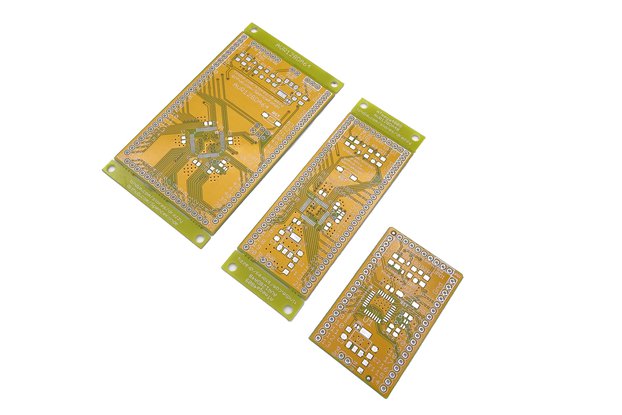
$3.95
Free Shipping!
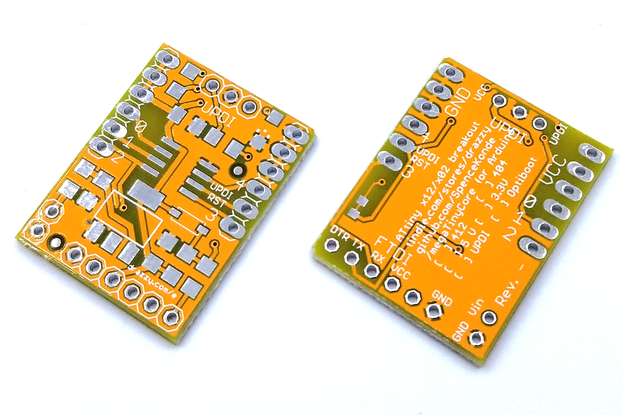
$1.70
Free Shipping!

$13.00
Free Shipping!
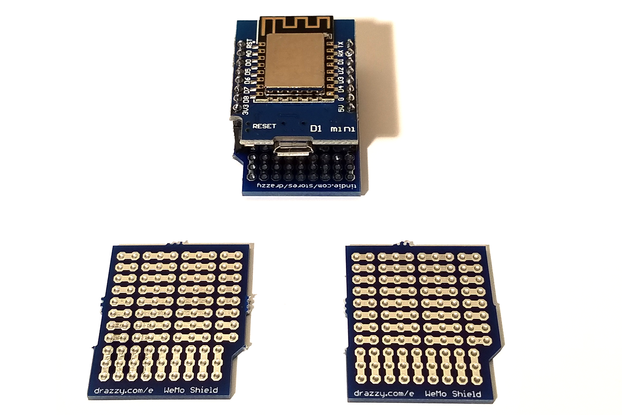
$5.00
Free Shipping!
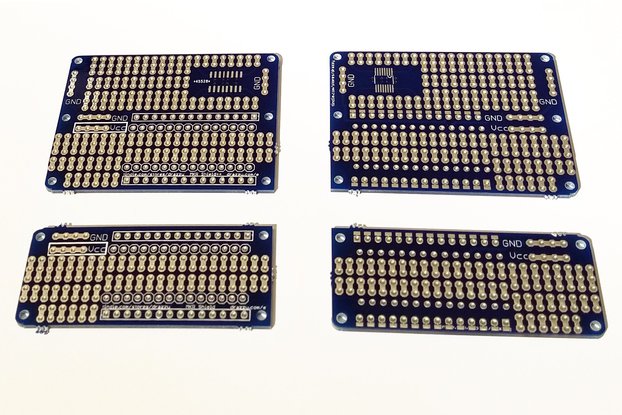
$5.50
Free Shipping!
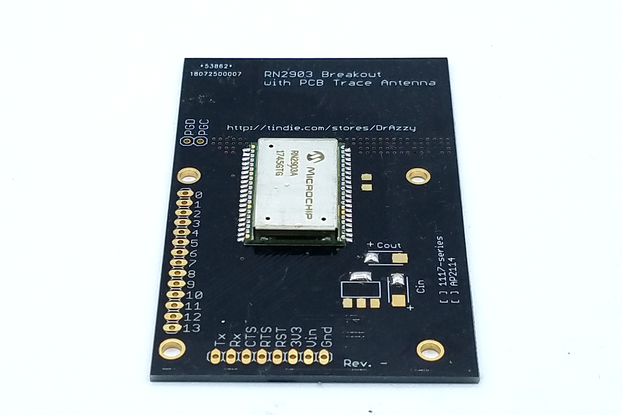
$37.00
Free Shipping!
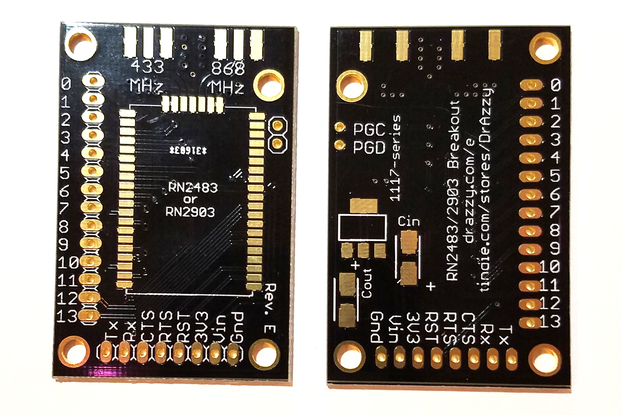
$3.00
Free Shipping!
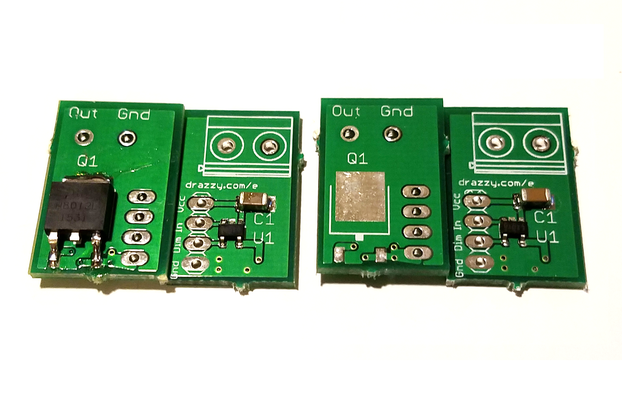
$8.00
Free Shipping!
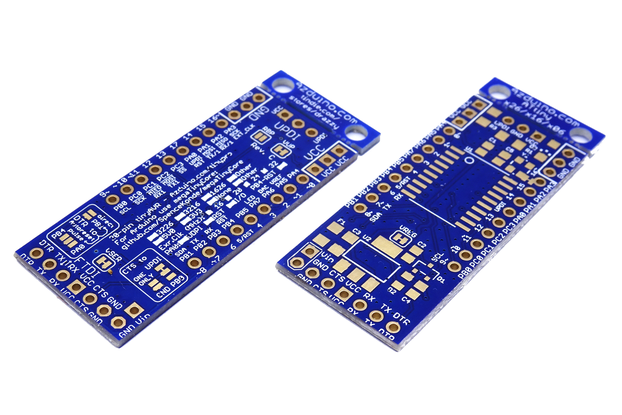
$2.25
Free Shipping!
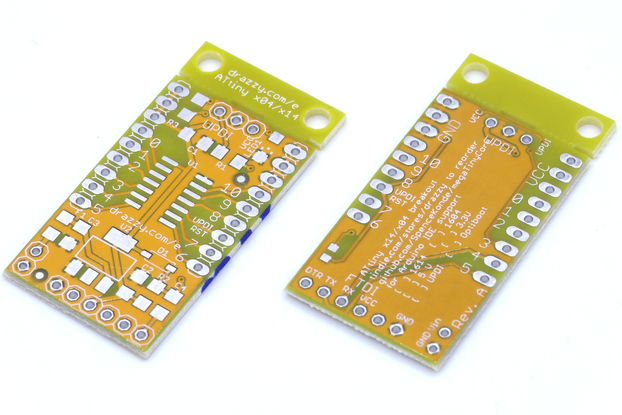
$2.00
Free Shipping!
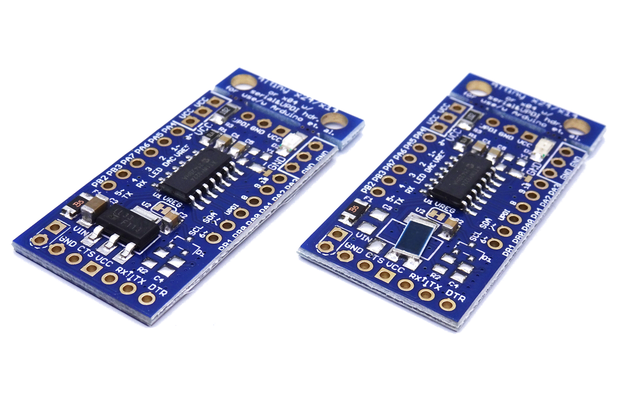
$9.95
Free Shipping!
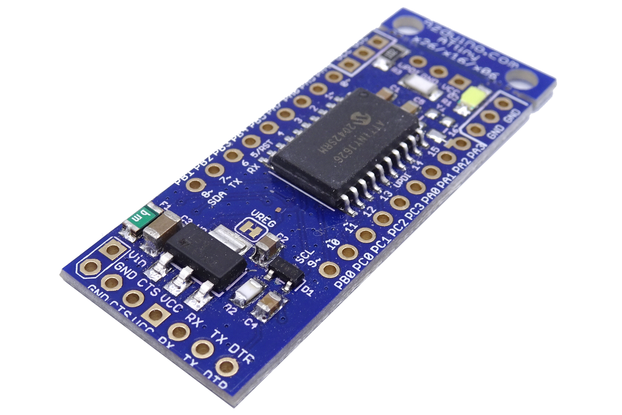
$13.00
Free Shipping!
By clicking Register, you confirm that you accept our Terms & Conditions
We recognize our top users by making them a Tindarian. Tindarians have access to secret & unreleased features.
We look for the most active & best members of the Tindie community, and invite them to join. There isn't a selection process or form to fill out. The only way to become a Tindarian is by being a nice & active member of the Tindie community!
